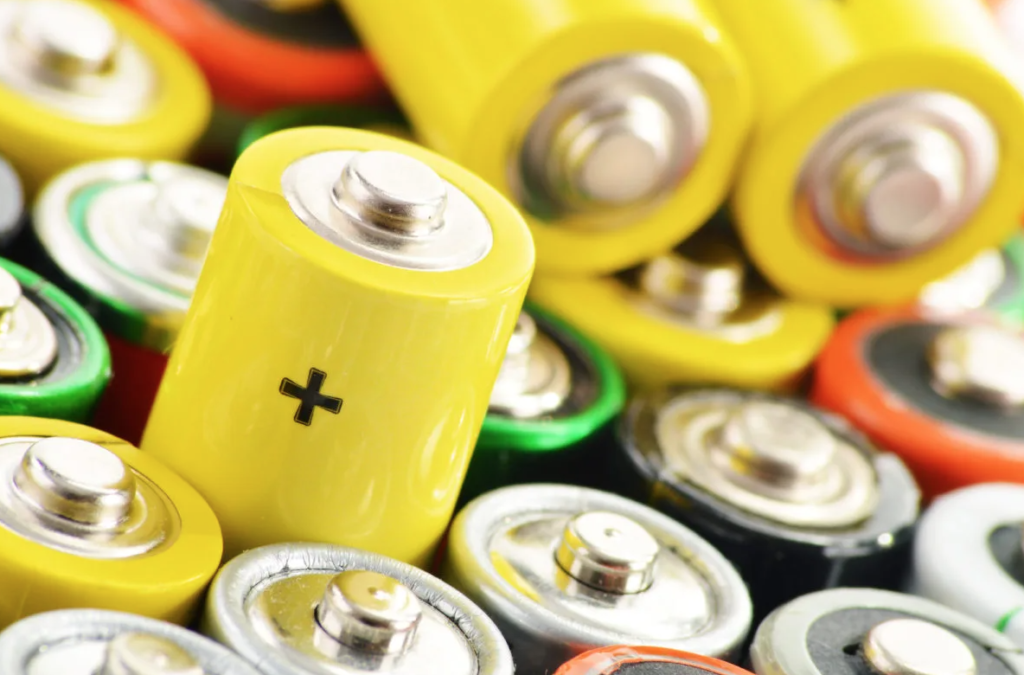A “dynamic electrolyte on request” for better lithium metal batteries
(sustainabilityenvironment.com) – Rechargeable lithium metal batteries offer one of the most interesting alternatives to lithium-ion technology. Thanks to a high charge density can promise a fundamental breakthrough in mobile and fixed accumulation. Too bad that in the secondary version, the metallic lithium collides with a rather limiting problem. During charge and discharge cycles, in fact, the interphase that forms between electrolyte and electrodes tends to favor the production of dendrites on the surface of the cathode. In other words on the electrode form tiny irregular and branched plugs that can pierce the inner separator, causing short circuits or even the explosion of the battery.
Today several researchers and studies are trying to solve the problem through new internal architectures or production processes.
The work carried out by the scientists of the Daegu Gyeongbuk Institute of Science and Technology (DGIST) also fits into this category. The team, led by professors Lee Hong-kyung, Lee Yong-min and Lee Ho-chun, has developed a new conceptual system that can greatly improve the stability and durability of lithium metal batteries by intervening “remotely”.
In detail, scientists have reinvented the electrolytic solution that transports the ions between the electrodes in order to make the process faster and more uniform. And thus eliminate dendritic formations in the bud. The team added magnetic nanoparticles to the electrolyte, making it sensitive to magnetic fields.
By activating an external rotating magnetic field it is possible to shake the electrolytic solution of the lithium metal batteries, making it dynamic. This facilitates the rapid transport of ions by reducing their diffusion by about 32% and preventing the formation of dendrites. “It is a newly designed electrolyte system that can create a dynamic electrolyte that has never been attempted before,” explains Professor Lee Hong-kyung of the DGIST’s Department of Energy Science and Engineering. The solution allows for changing the paradigm of electrolyte research through magnetic nanoparticles. It can be immediately applied to various electrochemical systems using liquid electrolytes”. The research was published in the journal Advanced Functional Materials.

